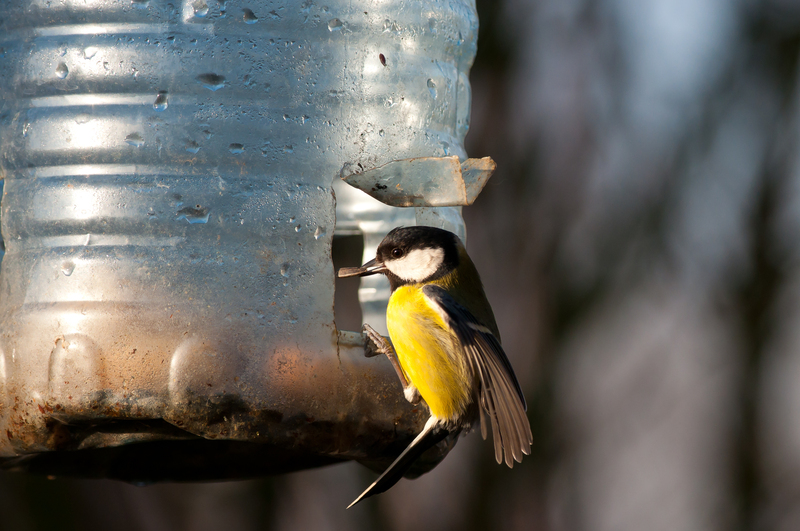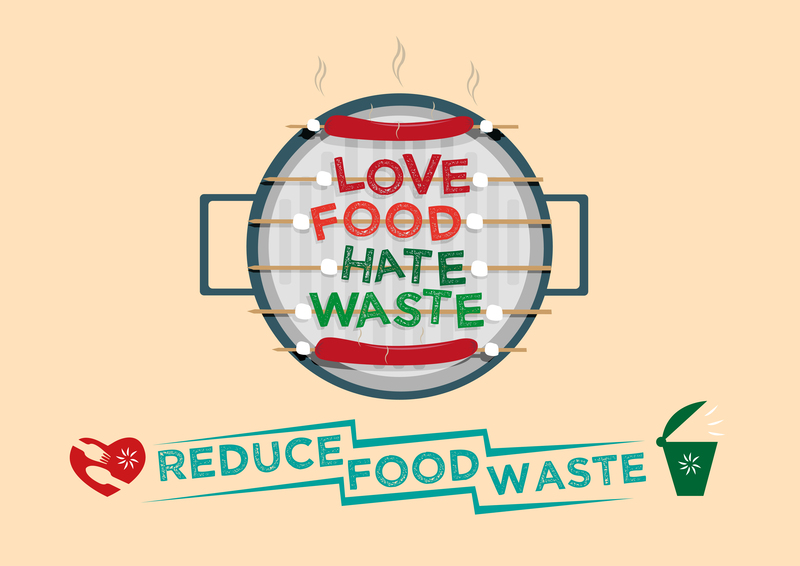How to Identify Designated PPE Waste Disposal Bins in Your Area
In the wake of increased reliance on personal protective equipment (PPE) due to global health concerns, the proper disposal of masks, gloves, face shields, gowns, and other protective gear has become a critical public health and environmental responsibility. But with so many types of waste disposal containers, how can you spot those specifically meant for PPE waste? Knowing how to identify designated PPE waste disposal bins in your area ensures safer communities, a cleaner environment, and compliance with local regulations. This comprehensive guide will teach you everything you need to know.
What Are Designated PPE Waste Disposal Bins?
Designated PPE waste disposal bins are specialized containers intended exclusively for the safe and hygienic disposal of used PPE and related items. These bins help prevent the accidental spread of contaminants and make recycling or destroying hazardous waste safer and more efficient.
- PPE waste disposal bins often cater to items that could potentially carry infectious agents.
- Proper disposal minimizes the risk of cross-contamination and supports environmental management initiatives.
- Many local authorities have implemented these bins in public spaces, healthcare facilities, workplaces, and high-traffic areas.

Why Is Proper PPE Disposal Important?
The improper disposal of PPE--such as discarding used face masks on the streets or dumping gloves in ordinary trash bins--poses several risks:
- Health Hazard: Contaminated PPE can spread infectious diseases to sanitation workers and the general public.
- Environmental Pollution: Most PPE materials, like plastics, take years to decompose, leading to pollution in water bodies and landfill overflow.
- Wildlife Threat: Animals may accidentally ingest or become entangled in improperly disposed PPE waste.
- Legal Penalties: Many municipalities now regulate PPE waste with fines for non-compliance.
Common Features of PPE Waste Disposal Bins
To identify PPE disposal bins near you, look for these distinct features:
- Color Coding: Most commonly, designated PPE bins are colored red, yellow, or blue. Check with local guidelines, as color codes may vary by country or region.
- Clear Labelling: Bins often display clear labels or images, with texts such as "PPE Only", "Used PPE", "PPE Waste", or icons symbolizing masks and gloves.
- Foot Pedal Operation: For hygiene, many bins use pedal mechanisms to open the lid rather than hand-touching.
- Liner Bags: Thick, leak-proof plastic bags are typically used inside to safely contain hazardous waste.
- Positioning: Strategic placement in high-usage areas, such as building entrances, exits, near elevators, or medical zones.
Visual Guide: PPE Waste Disposal Bin Symbols
- Mask Icon: An illustration of a face mask suggests the bin is for mask disposal.
- Glove Symbol: A glove graphic often accompanies the mask icon.
- Biohazard Sign: Some bins bear a biohazard emblem, indicating waste may be infectious.
Where to Find PPE Waste Disposal Bins
PPE waste bins are most likely to be found in the following locations:
- Hospitals and Clinics: Every healthcare facility is mandated to provide separate containers for medical and PPE waste.
- Public Transport Hubs: Airports, train stations, and bus terminals commonly provide these bins, especially at entry and exit points.
- Educational Institutions: Schools, colleges, and universities have implemented bins in corridors and common areas.
- Office Buildings: Corporate offices, especially in large complexes, apply stringent PPE disposal policies with marked bins on each floor.
- Shopping Malls and Retail Stores: Look at store entrances and food courts.
- Community Centers and Parks: Outdoor venues offer weatherproof PPE waste bins, particularly near playgrounds and rest areas.
How to Search for PPE Waste Bins in Your Locality
- Check Local Authority Websites: Many communities publish guides or maps showing the exact locations of dedicated PPE bins.
- Contact Waste Management Agencies: Call your municipal waste management office to ask about designated PPE bin locations.
- Ask Facility Managers: If you're in a building or business, inquire at the front desk or with facility coordinators.
- Look for Notices: Signage, especially near entrances, often indicates the presence and location of PPE waste collection bins.
- Utilize Smartphone Apps: Some localities use apps to help citizens find PPE and hazardous waste bins.
Regional Variations: Know Your Local PPE Disposal System
While the need for effective PPE waste management is universal, the appearance and labeling of collection bins can greatly differ:
- UK: Yellow or orange-lidded bins signify clinical waste, including PPE.
- USA: Red bins, often marked 'Biohazard', are commonplace for PPE in healthcare environments.
- Australia: Purple bins, labeled 'Infectious Waste', collect PPE in hospitals and aged care facilities.
- Asia: In many Asian countries, color-coding and bilingual labels are used to assist identification by all residents.
Tip:
If in doubt, check your city or state's environmental protection agency website for the most up-to-date guidelines on PPE waste disposal bins.
Frequently Asked Questions about PPE Waste Disposal Bins
1. Can I throw PPE in general rubbish bins?
No. While it may be tempting to dispose of used masks or gloves in regular trash, doing so can spread germs and contaminate other waste streams. Always use an appropriate designated PPE waste disposal bin.
2. What types of PPE should go into these bins?
- Masks (surgical, cloth, N95, FFP2, FFP3)
- Single-use gloves (vinyl, latex, nitrile)
- Face shields and goggles
- Protective gowns and shoe covers
- Wipes and paper towels used for sanitizing PPE
3. What if there is no PPE disposal bin nearby?
If no dedicated bin is available, seal your used PPE in a plastic bag and dispose of it in the nearest hazard or clinical waste container. Do not leave PPE exposed in public areas.
4. Are there penalties for misusing PPE waste bins?
Yes. Many cities have introduced fines or penalties for improper PPE disposal, especially in pandemic-affected zones. Check local laws for details.
Tips for Safe and Responsible Use of PPE Waste Bins
- Always sanitize your hands after disposing of PPE waste.
- Do not overfill or force items into the bin--request a replacement if the bin is full.
- Report any damaged or overflowing bins to the relevant authority.
- If you see PPE litter, inform local cleaning or facility services so it's safely collected.
- Encourage others to use these bins correctly by sharing information or signage.

The Role of Communities in Proper PPE Waste Management
Community involvement and awareness are crucial for effective PPE disposal. By educating friends, family, and colleagues on how to identify and use PPE waste bins, you play a direct part in safeguarding public health and protecting the environment.
- Organize local campaigns or workshops on PPE waste segregation.
- Collaborate with schools and workplaces for better accessibility.
- Use social media to spread updates about new bin installations or regulations.
Conclusion: A Small Step Towards a Safer, Cleaner World
Now that you know how to identify designated PPE waste disposal bins in your area, you're better prepared to contribute to a safer environment and healthier community. Remember to look for color code, clear signage, strategic placement, and hygiene features in bins designed for PPE waste. When in doubt, reach out to local waste management authorities or facility managers for guidance.
By making responsible disposal a daily habit, you help stop the spread of infectious diseases, reduce environmental damage, and set an example for those around you. Every piece of PPE correctly thrown away is a step towards a cleaner, healthier future.
Stay informed, stay responsible, and safely dispose of your PPE waste in the right bin!
